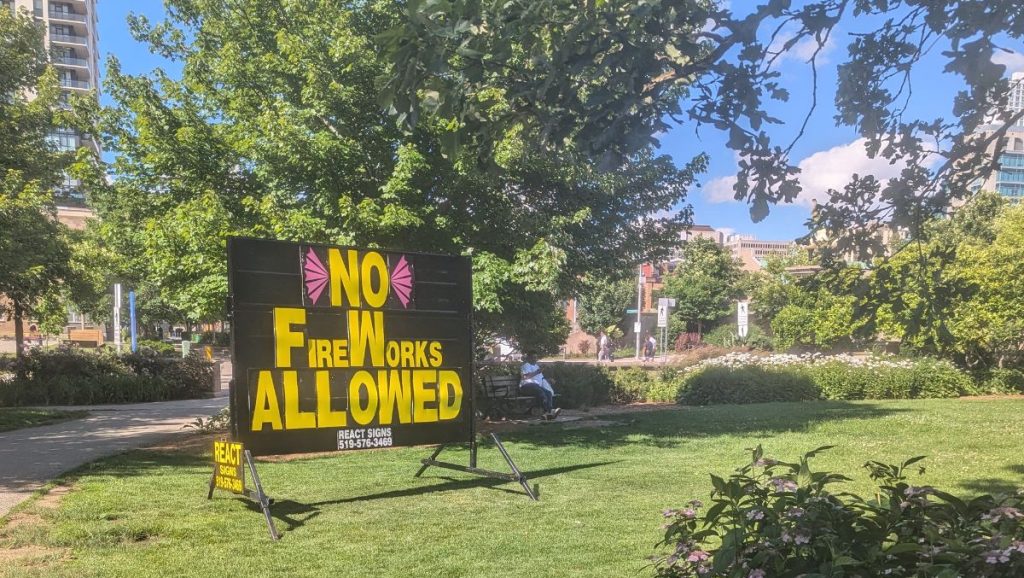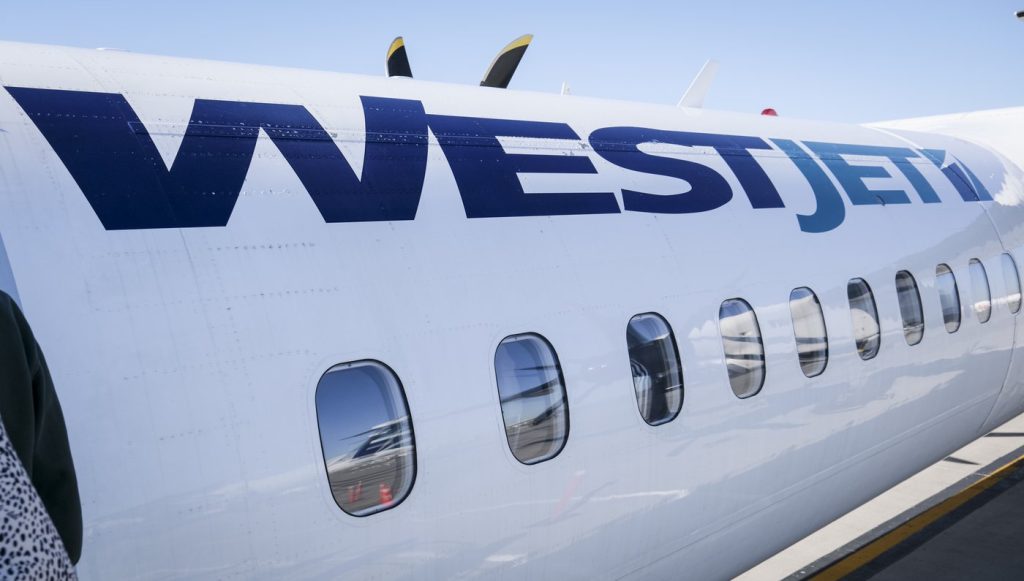Alberta oil and gas sector exceeded flaring limit in 2023, data shows

Posted Jun 24, 2024 04:00:09 AM.
Last Updated Jun 24, 2024 04:10:16 AM.
CALGARY — For the first time, Alberta’s oil and gas industry has exceeded the province’s own regulatory limit for natural gas flaring.
A tally by The Canadian Press of Alberta Energy Regulator data shows oil and gas companies in the province flared approximately 754 million cubic metres of natural gas last year, exceeding the annual provincial limit of 670 million cubic metres.
Flaring refers to the practice of burning off the excess natural gas associated with oil production. Though it is better for the environment than some other methods of gas disposal, it still releases harmful substances into the atmosphere.
The AER declined to comment on the findings, referring questions about possible penalties or other actions to the provincial government instead. But a 2022 report by the regulator on oil and gas emissions shows flaring volumes in Alberta have been increasing since 2016 and nudged close to the regulatory limit in 2022.
In that report, the AER said it “expects flaring to continue to increase” in the future, even as the regulations themselves aim to have the oil and gas sector “continue to reduce” the volume of flare gas released.
Natural gas is a byproduct that comes to the surface when companies drill oil wells. If the volumes of gas are small, and there are no pipelines nearby to transport the gas, companies often choose for economic reasons to dispose of it through flaring.
Flaring can also occur for safety reasons, to reduce sudden pressure increases at well sites.
Flaring volumes have been rising in part due to growing oil output in Alberta. But companies have also been turning increasingly to flaring in order to reduce venting, a term that refers to the direct release of unburned methane into the atmosphere from an oil or gas facility.
From an environmental perspective, flaring is considered preferable to venting. The methane released through venting is an extremely potent greenhouse gas, with even more heat-trapping potential than carbon dioxide.
Reducing methane emissions from oil and gas production is a stated priority for both the federal and provincial governments. And in fact, Alberta’s oil and gas methane emissions are estimated to have been reduced by approximately 45 per cent between 2014 and 2022, according to the AER.
But flaring isn’t harmless, either. While the combustion process involved in flaring reduces the amount of methane released significantly, flaring still releases a variety of byproducts and greenhouse gases into the atmosphere, including carbon dioxide, according to oil and gas data provider Enverus.
It also produces black soot which negatively impacts air quality and may pose a risk to human health, said Amanda Bryant, a senior oil and gas analyst with clean energy think-tank The Pembina Institute.
“Flaring as a form of mitigation just replaces one set of problems with another set of problems,” Bryant said.
“There’s also no reason why industry should be exceeding the limits, when there are alternatives available.”
She said these alternatives include the installation of a vapour recovery unit, which can be used to capture flare gases and redirect them back into production for use as fuel.
Other alternatives include compressing the natural gas and trucking it short distances to use as fuel off-site, or converting the gas to electric power using small-scale generators.
The Canadian Association of Petroleum Producers declined to comment on the industry’s increasing flare volumes.
In an emailed statement, Ryan Fournier, press secretary for Alberta Environment Minister Rebecca Schulz, said because the industry exceeded the provincial limit, the Alberta Energy Regulator has instructed the 20 highest flaring operators to create detailed plans to reduce flaring at their sites.
He said while reducing flaring is important, reducing overall methane emissions from the oil and gas sector remains the bigger goal.
“We are also now reviewing Alberta’s flaring policies, first established back in 2002, to see if updates are needed,” Fournier said.
Worldwide, there is growing pressure on oil and gas producers to reduce both flaring and venting.
The U.S. Department of Energy says both practices represent “significant challenges” for operators and regulators, who must work together to bring down oil and gas emissions.
The World Bank calls the practice of flaring “wasteful and polluting” and has identified the need to reduce flaring volumes globally as an urgent problem. The World Bank has also pointed to recent scientific studies that suggest more methane may escape into the atmosphere during the flaring process than previously assumed, suggesting the greenhouse gas impact from flaring could be underestimated.
In Canada, the federal government’s updated draft methane regulations — which aim to reduce oil and gas methane emissions by at least 75 per cent from 2012 levels by 2030 — say any flaring not being conducted for safety reasons will need to be supported by an engineering study that demonstrates a lack of other alternatives.
Bryant said Canada needs not only strong policy, but strong enforcement, to ensure Canada’s oil and gas sector keeps up with global efforts to reduce flaring.
But Julia Yuan, a PhD student with the University of Calgary’s department of chemical and petroleum engineering, said if increased flaring is a byproduct of less venting and overall methane emissions from oil and gas production, then it may be something society needs to accept for now.
“Perhaps flaring isn’t that bad of an alternative — at least at this point in time when we’re just trying to do as much (on climate change) as we can as soon as possible,” Yuan said.
“Because time is of the essence.”
This report by The Canadian Press was first published June 24, 2024.
Amanda Stephenson, The Canadian Press








